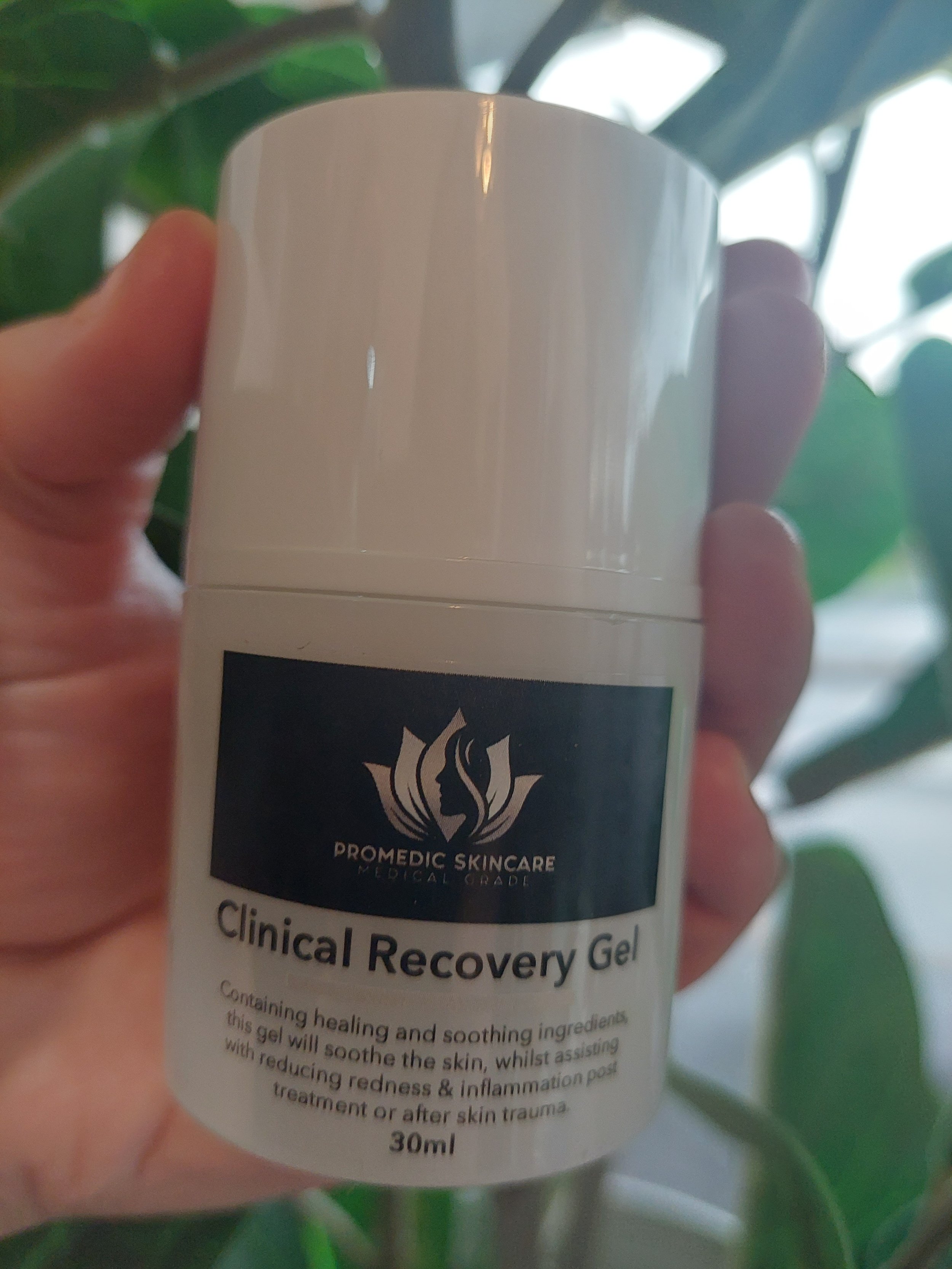 Image 1 of 4
Image 1 of 4

 Image 2 of 4
Image 2 of 4

 Image 3 of 4
Image 3 of 4

 Image 4 of 4
Image 4 of 4





Endybleph IFine & FSR Eye Pack x 4
Endymed FSR (Fractional Skin Resurfacing) and EndyBleph are both non-invasive treatments that use radiofrequency (RF) technology to rejuvenate skin, particularly around the eyes. EndyBleph is specifically designed for the delicate eye area, addressing concerns like fine lines, wrinkles, puffiness, and sagging eyelids. Endymed FSR can be used on other areas of the face, but it's not exclusively focused on the eyes like EndyBleph.
Key Differences and Similarities:
Target Area:
EndyBleph is focused on the eye area, while Endymed FSR can be used on other areas of the face.
3DEEP Skin Science:
Both treatments utilize EndyMed's 3DEEP Skin Science technology, which involves controlled micro-resurfacing and dermal heating to rejuvenate skin from the inside out.
Collagen Production:
Both treatments stimulate collagen production, leading to improved skin texture, firmness, and reduced wrinkles.
Skin Resurfacing:
Both involve skin resurfacing, with Endymed FSR being more pronounced and potentially causing more redness and microdot crusts.
Downtime:
Both treatments generally have minimal downtime, with redness and mild swelling being common side effects.
Results:
Full results for both treatments can be seen within a few months, as collagen production takes time.
Endymed FSR (Fractional Skin Resurfacing) and EndyBleph are both non-invasive treatments that use radiofrequency (RF) technology to rejuvenate skin, particularly around the eyes. EndyBleph is specifically designed for the delicate eye area, addressing concerns like fine lines, wrinkles, puffiness, and sagging eyelids. Endymed FSR can be used on other areas of the face, but it's not exclusively focused on the eyes like EndyBleph.
Key Differences and Similarities:
Target Area:
EndyBleph is focused on the eye area, while Endymed FSR can be used on other areas of the face.
3DEEP Skin Science:
Both treatments utilize EndyMed's 3DEEP Skin Science technology, which involves controlled micro-resurfacing and dermal heating to rejuvenate skin from the inside out.
Collagen Production:
Both treatments stimulate collagen production, leading to improved skin texture, firmness, and reduced wrinkles.
Skin Resurfacing:
Both involve skin resurfacing, with Endymed FSR being more pronounced and potentially causing more redness and microdot crusts.
Downtime:
Both treatments generally have minimal downtime, with redness and mild swelling being common side effects.
Results:
Full results for both treatments can be seen within a few months, as collagen production takes time.




























